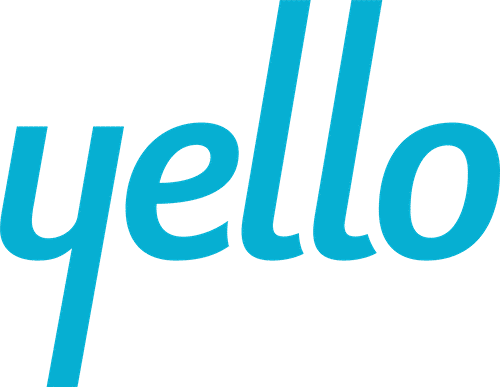Setting The Stage
What the future of recruiting will look like and the efficiency with which you can achieve hiring goals at your company depends on the investments into HR technology you make today.
Our latest webinar, “Building A High Performing HR Tech Stack,” featured a deep dive into how recruiting leaders at companies like Spectrum and IBM determine what HR technology is most important at their organizations. Co-hosted with our friends at Brazen, panelists discussed driving adoption and implementing tools to reach hiring goals and connect with candidates.
What Are The Key Pain Points HR Tech Is Addressing?
Even before 2020, Spectrum, IBM, and many other companies were starting the shift towards a hybrid recruiting model. Their goal was to streamline the process of finding, connecting with, and moving early-career candidates through the hiring process. IBM’s forward thinking approach placed HR technology at the forefront of their plans to expand their reach and engage with students at more schools. Working with tools like WayUp helped the team target candidates for roles based on their skills and interests, not just their educational background. Many employers are now realizing that qualified early-career candidates study at all schools, and technology could help find them. Virtual-only recruiting at the start of the pandemic only served to speed up the adoption of hybrid recruiting and becoming school agnostic amongst large companies.
So how do we know what is needed? To ensure that any changes to your tech stack benefit both candidates and internal stakeholders, IBM and Spectrum have feedback built into their processes. Spectrum’s talent acquisition council meets monthly to discuss current technology efficacy and the possible need for more depending on their needs. IBM similarly meets with talent acquisition leaders, and both companies survey candidates on their experience during the process and after making an offer.
Building Connections With Candidates Using Technology Without Losing The Human Element
Candidate surveys also ensure that technology is helping to build connections with students, not making them feel further away. According to Todd Good, Talent Acquisition Manager at IBM, technology should relieve administrative roadblocks to connecting with candidates, not diminish the human aspect of hiring. Spectrum uses video content to bridge the gap between candidates and the team, to help them understand the company culture. IBM offers online office hours where candidates can log onto one on one meetings with recruiters acting as advisors. Similar to what students would get from their school’s career services team, the IBM team offers resume reviews and job-search advice. To build genuine relationships in a hybrid world, recruiters should consider how the candidates benefit first.
How Do You Manage The Change And Encourage Adoption?
The next step is to drive buy-in of the vision and adoption of the technology from internal stakeholders. First, even before acquiring a new HR technology service, establish a clearly defined goal and foster curiosity about the solution within your company. This way, team members will feel they are part of the solution and are more likely to be champions in the long run.
Then start small and take advantage of performance analytics to see what works. Not every strategy or technology will work for your company or industry, but we are lucky to have the technology to measure when we are successful or not. For example, Spectrum has many different business units with separate hiring teams. This gives them the ability to pilot a program for a short amount of time in just one area. Once the pilot program has proven successful, leadership and other teams in your organization can feel confident the changes are worth the transition. It can also help you make sure the cost per hire does not exceed the pain point you are trying to solve. With piloting and tracking success through data, you can easily defend any investment you choose to make.
How Does Tech Play A Role In Your Strategy Going Into The Future?
For Spectrum and IBM, how they get early-career candidates into the first stages of their hiring funnel will never look the same. Large-scale in-person career fairs have been exchanged for smaller intimate meetings with students invited due to their aligning skill sets and interests. The intent is to go in person only to rebuild any relationships lost by not being on campus these past two years. Moving forward, anything that can be online without losing significant ROI, like large-scale informational events, will be. Hybrid recruiting is here to stay, and the virtual tools we use to connect with early-career candidates will only evolve and improve. The most important thing to remember is that you are never done improving. No matter the size of your company, to stay competitive, you must remain curious. The second is to measure the success of your HR tech with analytics. Stay tuned for more content on how to use the analytics afforded us in a hybrid environment to your company’s advantage. Want to learn more about optimizing your HR tech stack with easily implemented tools that fit any process? Talk to us!



